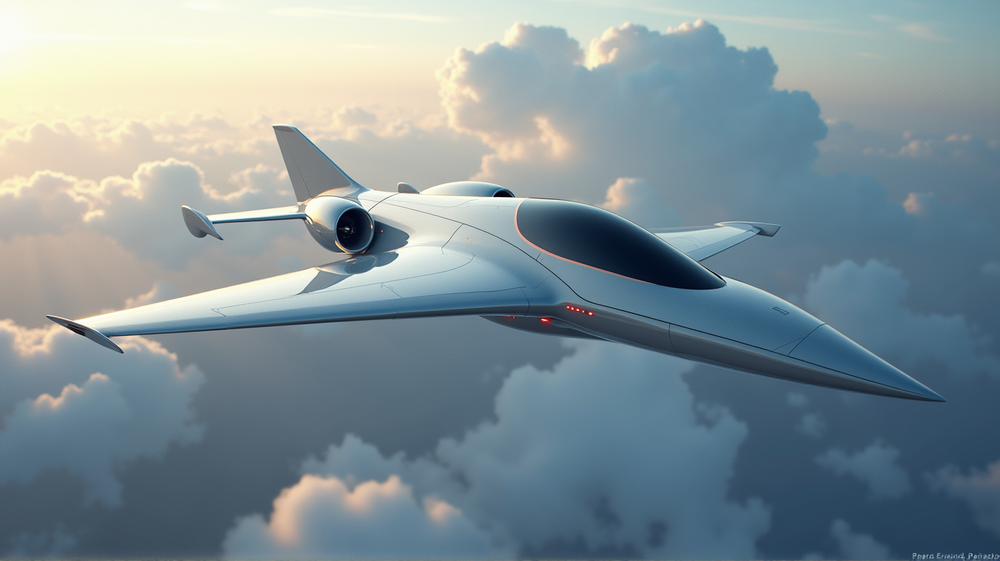US Ventures Into Uncharted Skies with Hypersonic Thrusters
Shifting Priorities in Aerospace and Defense
Hypersonic flight, defined as travel exceeding Mach 5, heralds a transformative leap in technology that promises to reshape both global travel and defense capabilities. This cutting-edge advancement allows for unprecedented travel times and the penetration of the most advanced defense systems, making it a strategic asset for the nations securing its mastery.
The United States, once seen sluggish in this domain, is sharpening its competitive edge as startups like Venus Aerospace break barriers. This Texas-based startup’s milestone achievement—successfully testing the first-ever U.S. flight of a rotating detonation rocket engine—signifies a potential leapfrogging of the US in the hypersonic race.
The Advent of the Rotating Detonation Rocket Engine
Venus Aerospace’s recent success with the rotating detonation rocket engine (RDRE) positions it for a significant impact on both military and commercial aerospace markets. According to Interesting Engineering, RDRE operates through a self-sustaining detonation wave, enabling greater efficiency and speed than traditional rocket engines.
Venus Aerospace envisions hypersonic travel at achievable costs. Co-founder Andrew Duggleby highlights the engine’s simplicity, lacking spinning turbines, which promises both performance and affordability. RDRE’s advancements could propel a wide variety of implementations, from defense-focused hypersonic missiles to passenger air travel and even space exploration.
Hurdles in Major Hypersonic Programs
While the US government remains a pillar of support, the path is not without obstacles. Various hypersonic initiatives often hit technical and financial roadblocks. The US Air Force’s cancellation of the Air-launched Rapid Response Weapon (ARRW) program signaled the complexities facing these ambitious endeavors.
Despite setbacks, continuous development is a priority, largely due to the strategic advantages hypersonic systems deliver. However, these capabilities require regulatory clarity to facilitate consistent flight testing and integration.
Europe’s Race to Bridge the Hypersonic Gap
On the other side of the Atlantic, Europe strives to bridge the technological gap. The European Space Agency (ESA) spearheads foundational research to advance its hypersonic technologies, leveraging its rich history in successful reentry experiments.
While acknowledging deferred advancements, entities like Germany’s Hypersonica are emerging, advocating for sovereign hypersonic platforms across defense and space. For Europe, sustained political commitment and investment are crucial to realize the potential of this frontier technology.
Conclusion: Seizing Hypersonic Potential
As hypersonic technology stakes escalate globally, nations must capitalize on engineering and strategic visions. With startups like Venus Aerospace driving the forefront in innovation, the US seems poised to leverage hypersonic advancements for significant gains both in defense and civilian domains.
Success depends on collaborative efforts between startups and established agencies, ensuring that flight-testing facilities, technological prowess, and international partnerships can propel hypersonic projects beyond conceptual success to practical reality.




